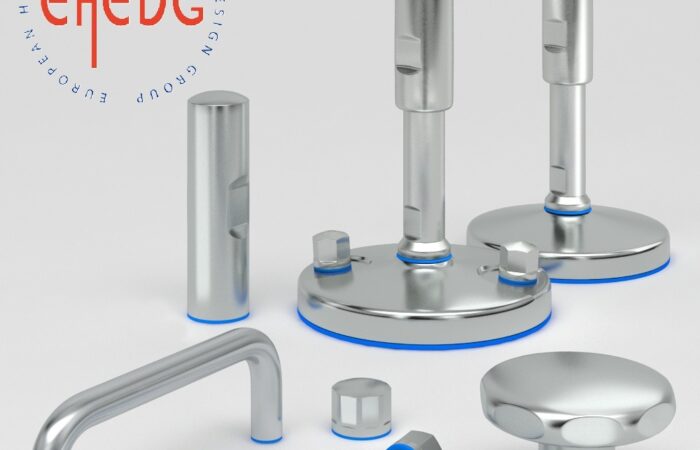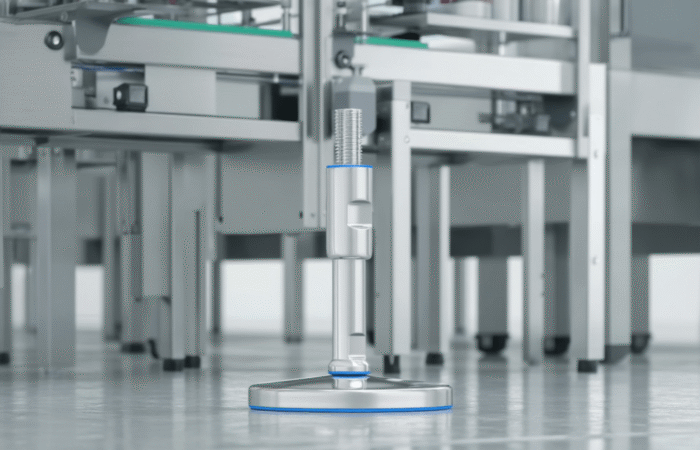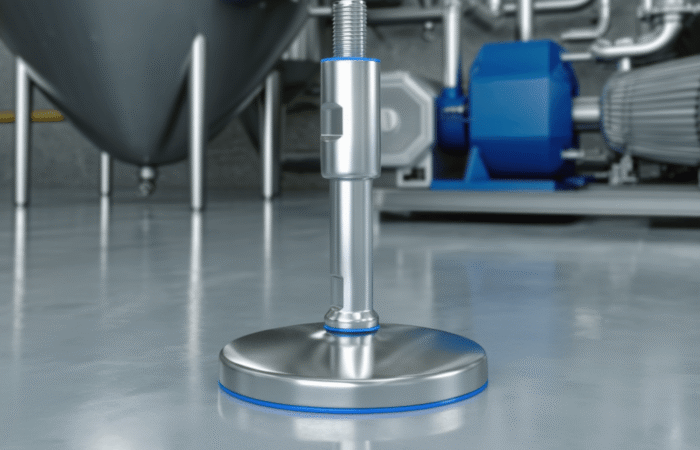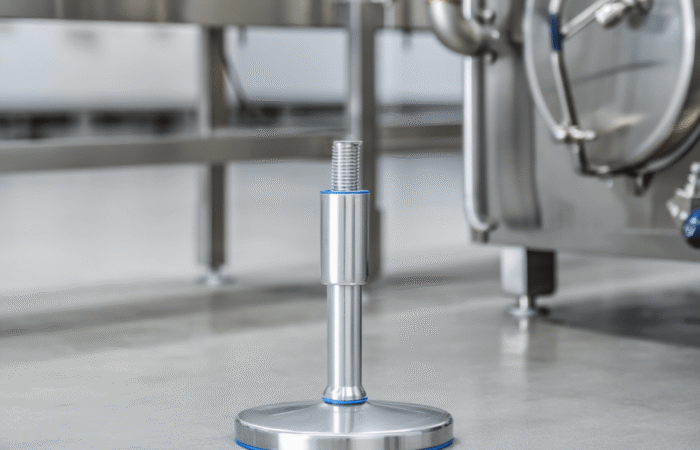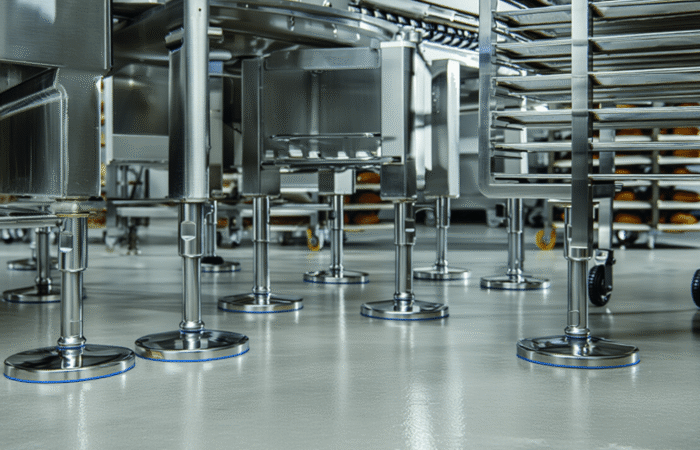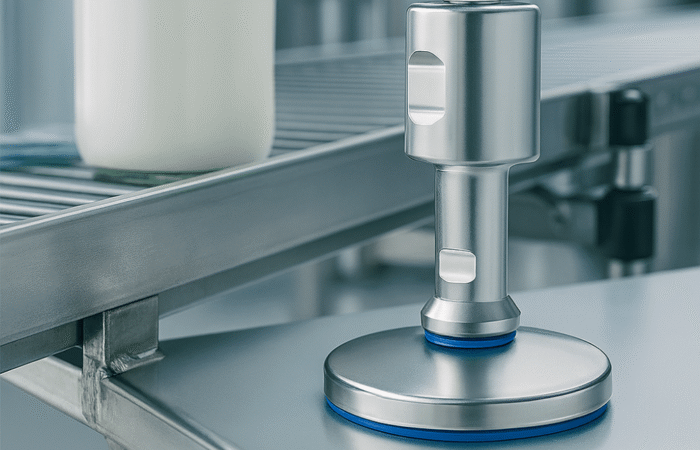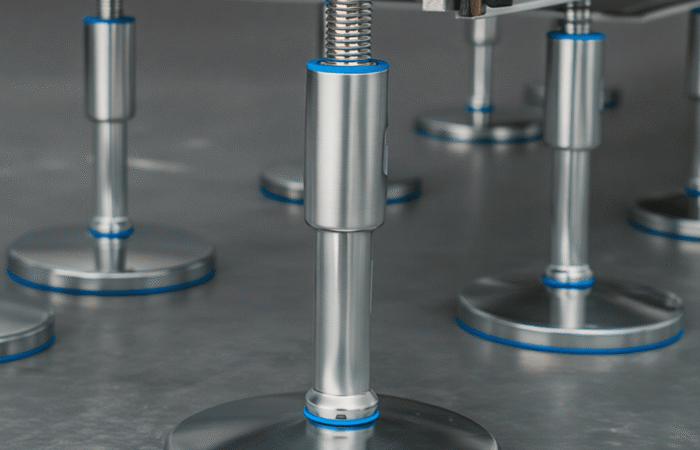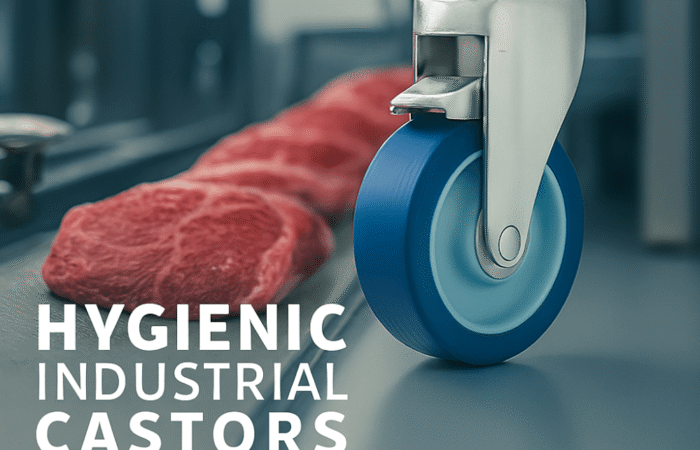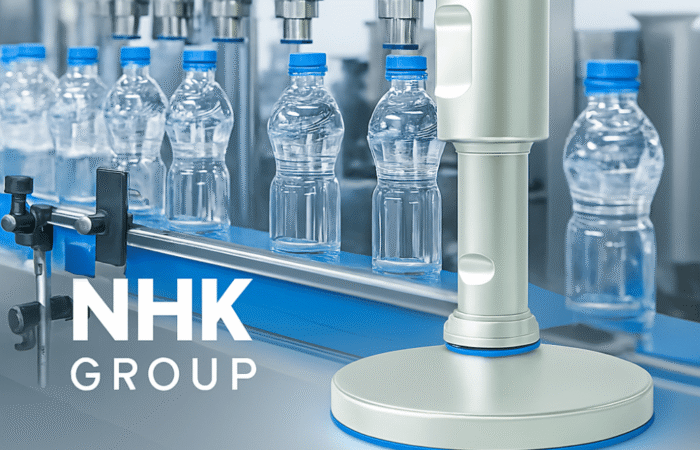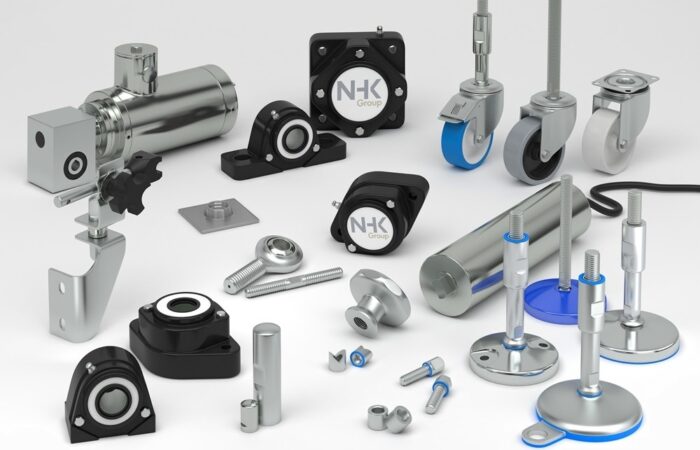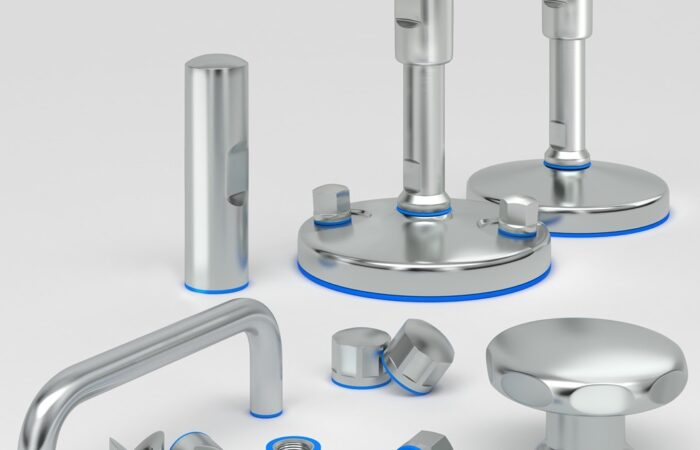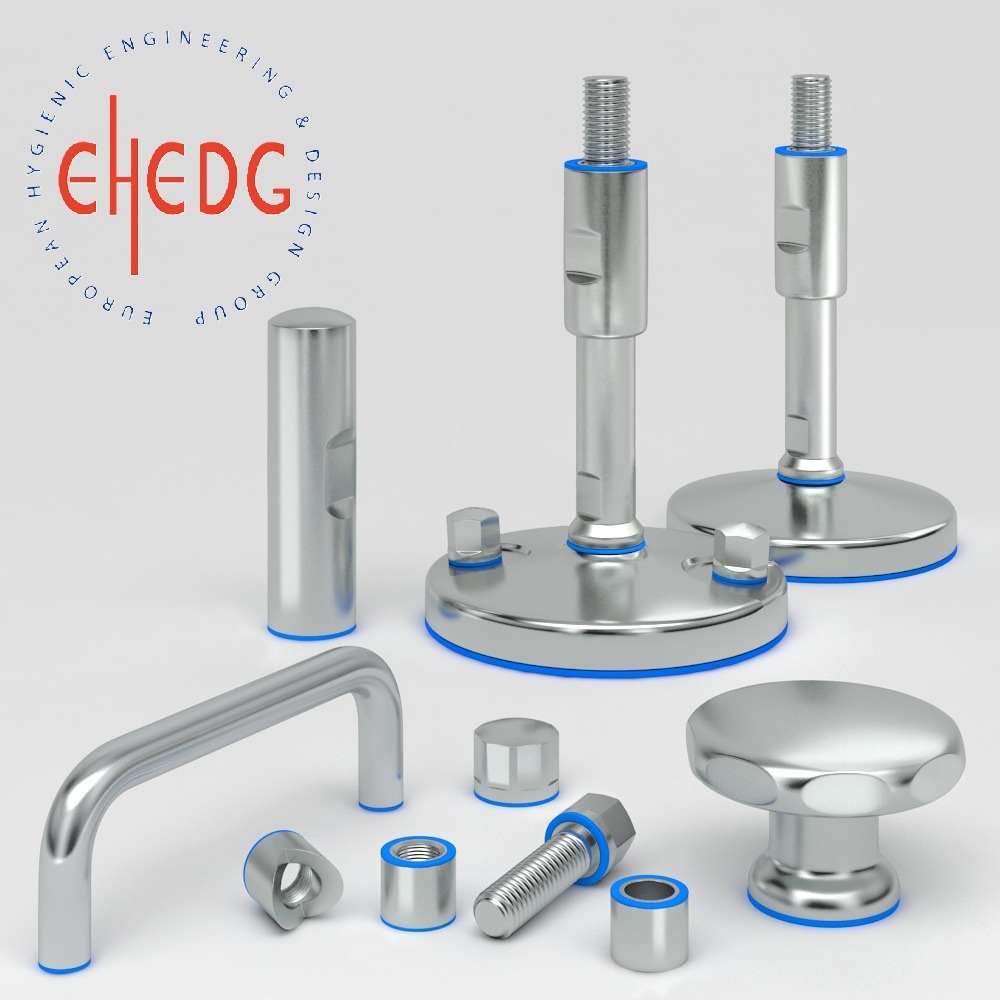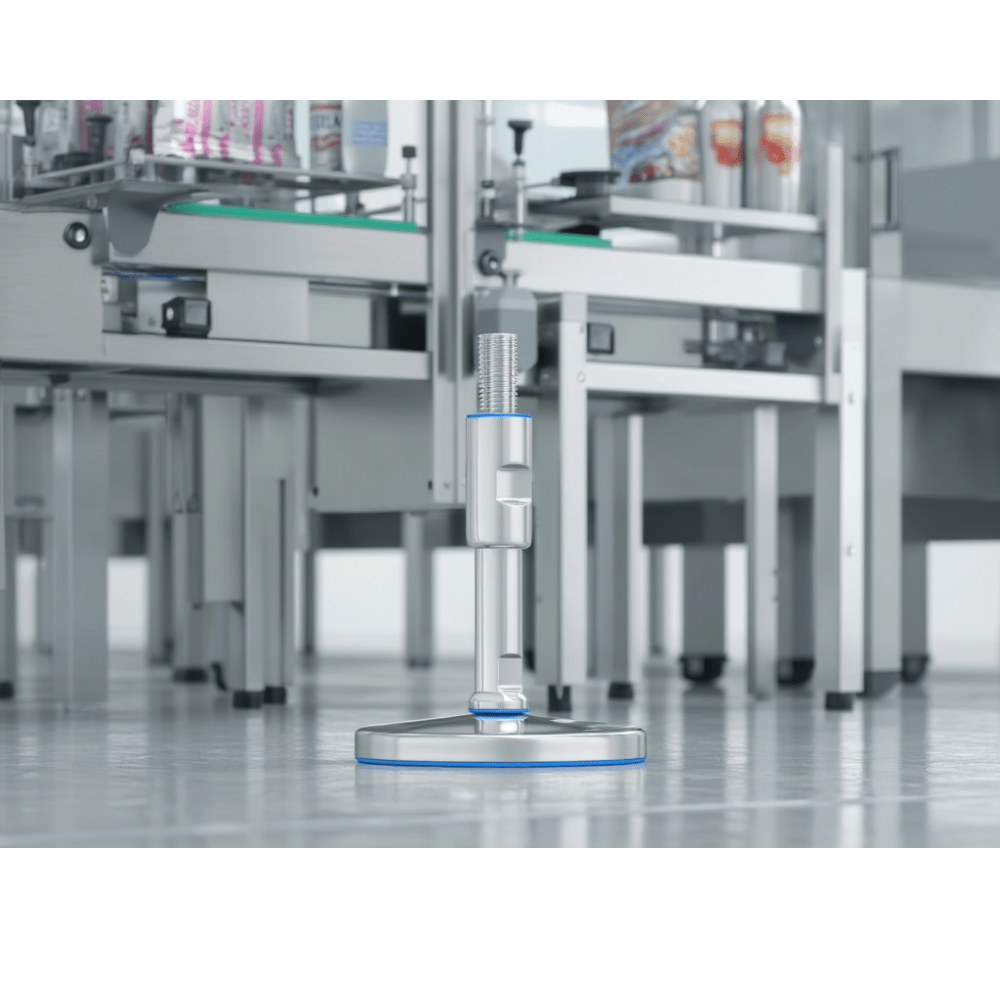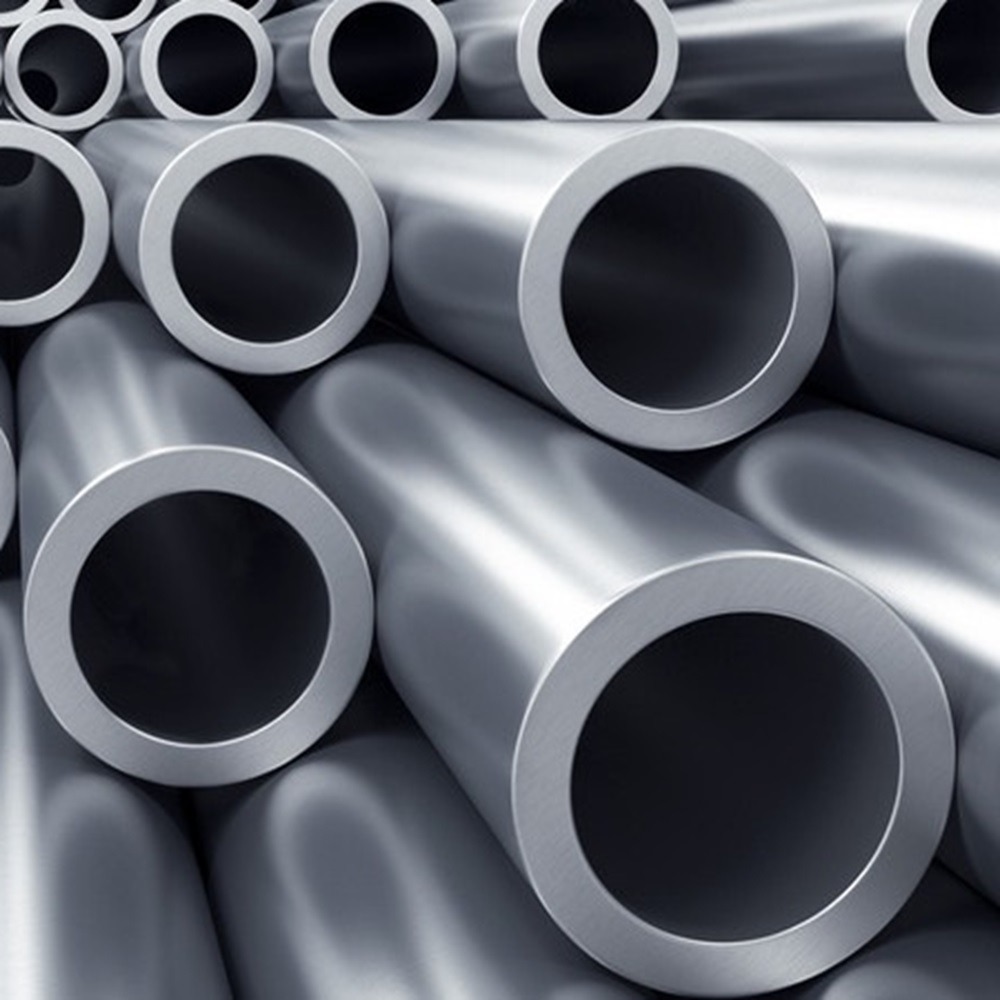
Next generation stainless steel 420 vs 440
Stainless steel has become a cornerstone of modern industrial manufacturing, prized for its strength, corrosion resistance, and versatility. Among the many grades available, stainless steel 420 and 440 stand out for their superior durability and adaptability. But which grade is the right choice for your needs? This article provides a detailed analysis of these two popular stainless steel types, breaking down their properties, applications, and benefits. Both stainless steel 420 and 440 belong to the martensitic family, known for their high carbon content and exceptional hardness. Despite their similarities, these two grades have distinct characteristics that make them suitable for different applications. Understanding the differences between 420 and 440 is crucial for selecting the right material for your project. Below is a side-by-side comparison: Both grades have carved out distinct niches across various industries due to their unique properties. Both 420 and 440 have been updated with modern production techniques, resulting in improved consistency and performance. These advancements include: Selecting the right stainless steel depends on your application and budget. 1. Which stainless steel is better for knives? 2. Can 420 stainless steel resist rust? 3. Is stainless steel 440 more expensive than 420? Both stainless steel 420 and 440 offer unique advantages, making them indispensable in various industrial applications. While 420 excels in affordability and ease of machining, 440 provides unmatched hardness and corrosion resistance for demanding tasks. By understanding their properties and differences, you can make an informed decision tailored to your specific requirements.Next-Generation Stainless Steel: Comparing 420 vs 440 for Industrial Applications
Get our catalogue here
See our product line here
Overview of Stainless Steel 420 and 440
Stainless Steel 420
Stainless Steel 440
Key Differences Between Stainless Steel 420 and 440
Feature Stainless Steel 420 Stainless Steel 440 Hardness Moderate High Corrosion Resistance Good Excellent Wear Resistance Moderate Superior Machinability Easy to machine Difficult to machine due to hardness Applications General-purpose tools, surgical items High-precision tools, bearings, molds Cost Affordable Higher due to advanced properties Applications of Stainless Steel 420 and 440
Stainless Steel 420 Applications
Stainless Steel 440 Applications
Benefits of Next-Generation Stainless Steels
How to Choose Between 420 and 440 Stainless Steel
FAQs About Stainless Steel 420 and 440
Stainless Steel 420 vs. 440: A Comprehensive Comparison
Get our catalogue here
See our product line here
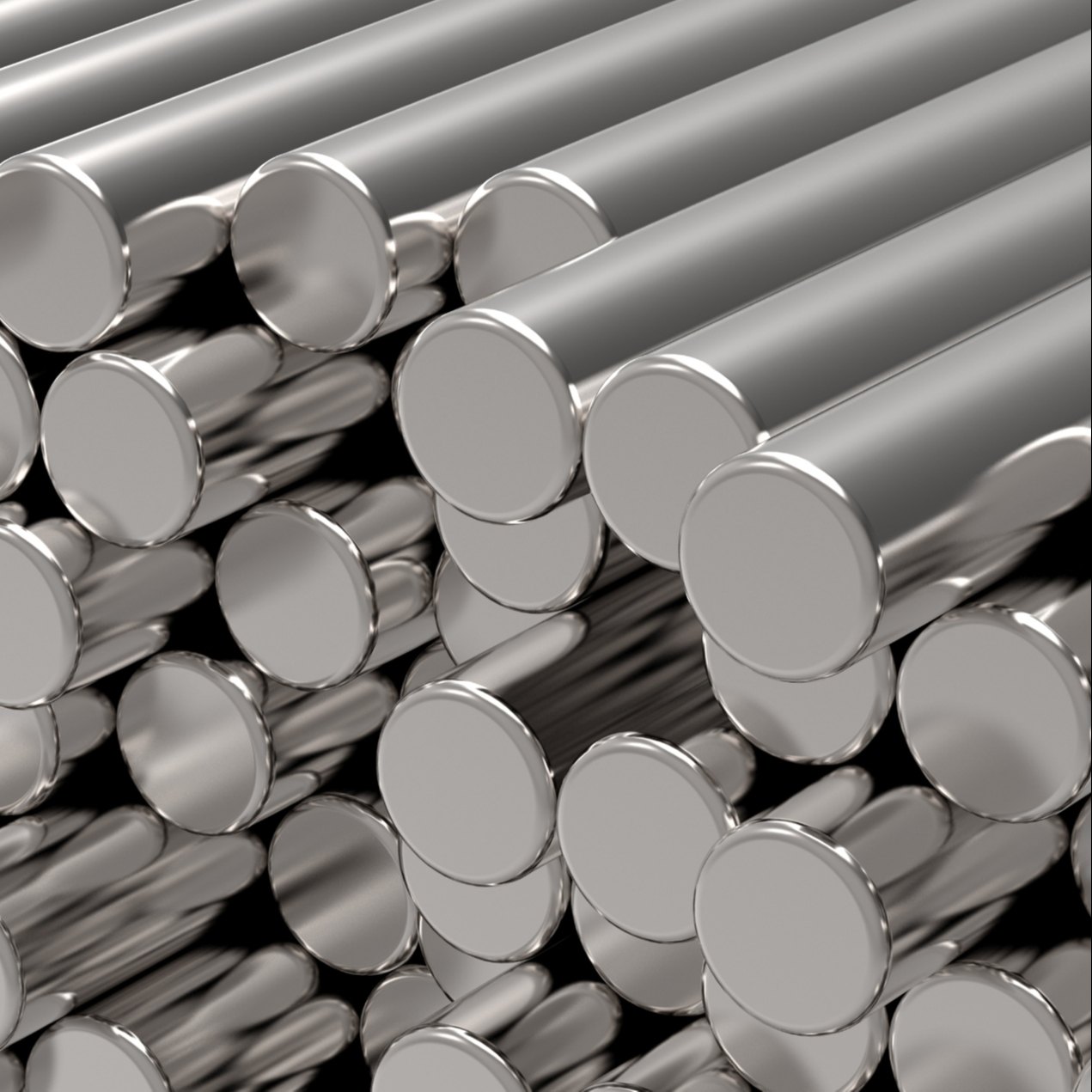
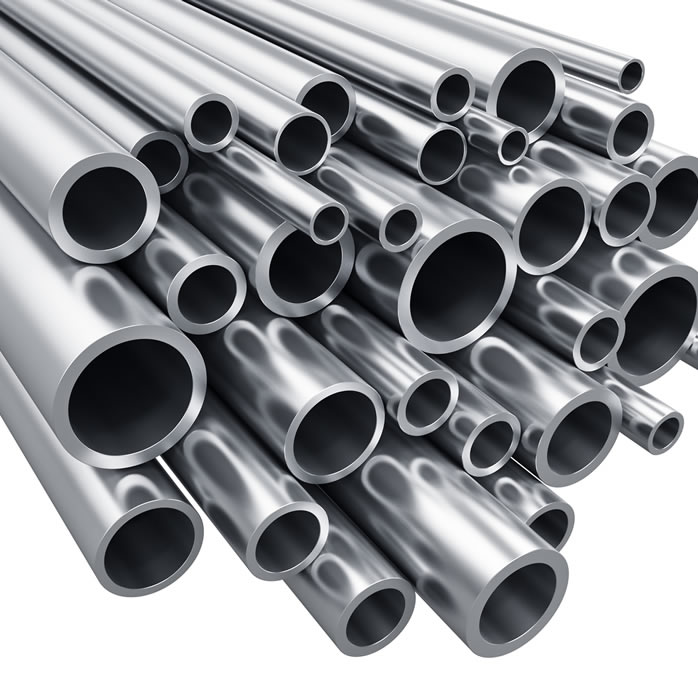
Contact
